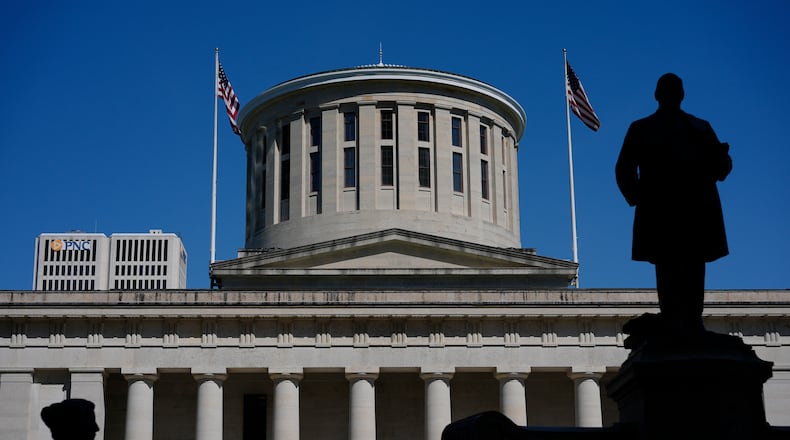Several local schools were overpaid because of a technical error, according to Ohio Senate President Matt Huffman, R-Lima, but schools won’t be required to repay the money.
Some of the local schools impacted include Dayton Public, which could lose about $243,000; Springfield, which could lose about $133,000, and Middletown, which could lose about $120,000. Multiple suburban districts – Huber Heights, Northmont and Northridge, for example – could also be impacted by the change. Beavercreek schools were underpaid by about $1,800.
The Ohio Department of Education and Workforce uses a formula set by Ohio law that determines what each school district in the state is paid from the state’s budget. The most recent state budget dramatically increased state funding for public schools.
Lacey Snoke, the spokeswoman for ODEW, said more current inputs of the calculation of school funding formulas – using data from the 2021-2022 school year instead of 2017-2018 – changed the calculations.
The datasets used incorrectly excluded districts that didn’t report expenditures in categories like school sports. Snoke said more than 11,000 students who attended those schools were not included in the formula, and including those students would have reduced the per-pupil amount used to calculate the formula by $1.40.
Snoke said the department has asked the Ohio General Assembly for a technical amendment, so schools don’t see a decline in the amount paid to each school next year.
“The Department discovered the error when calculating the base cost inputs for FY23 for several interested stakeholders, including the Legislative Service Commission and the legislature,” Snoke said.
The change in the formula also would have impacted school vouchers, because of a reduction in the statewide average base cost per-pupil amount. The maximum EdChoice and Cleveland scholarship amounts would decrease by approximately $24 for grades K-8 and $32 for grades 9-12.
“We’ve had a couple of snafus, if you will, with school funding, apparently,” Huffman said Wednesday.
He said he was told there was a mistake in the calculation of school funding for private schools and charter schools.
“We’re not gonna go and claw all that money back,” he added.
Staff reporter Avery Kreemer contributed to this report.
About the Author

